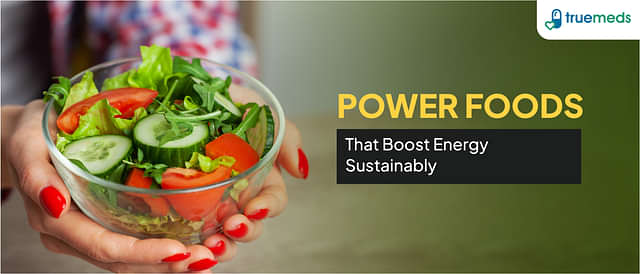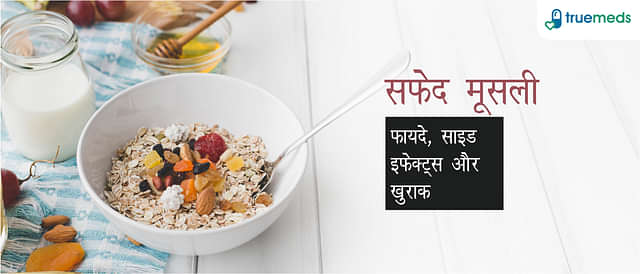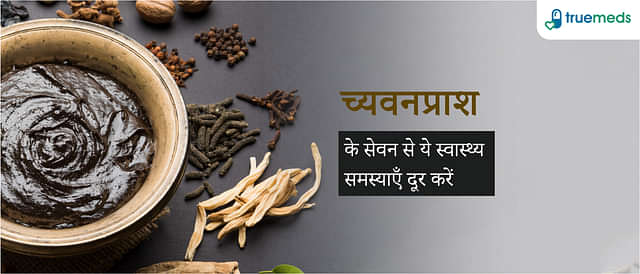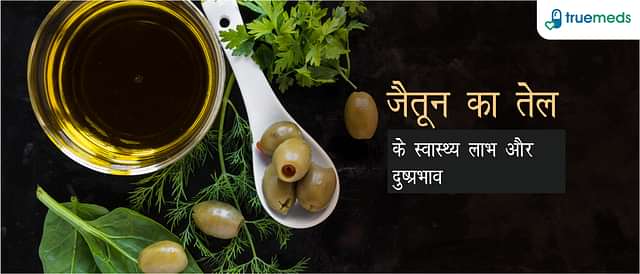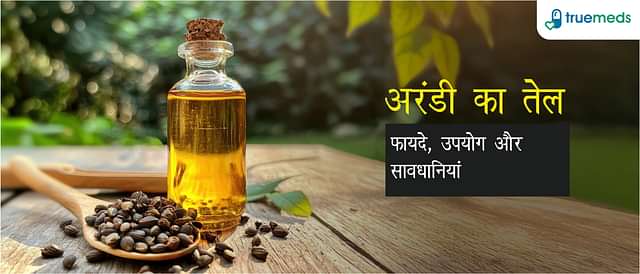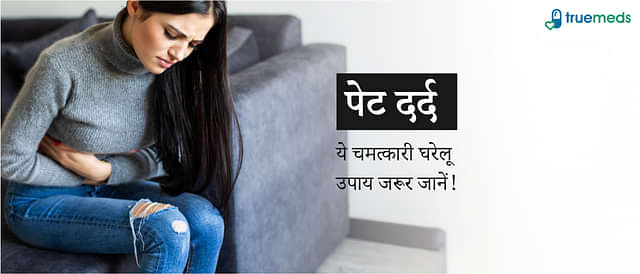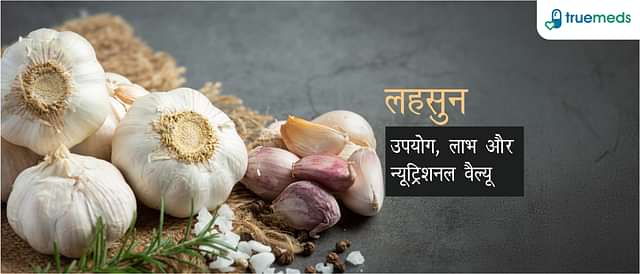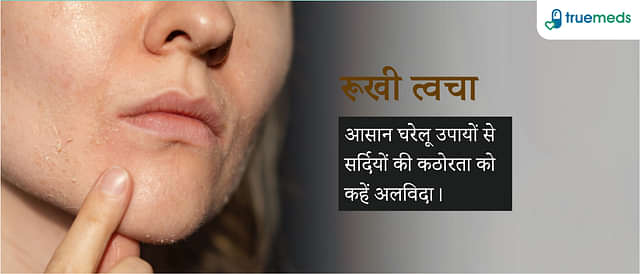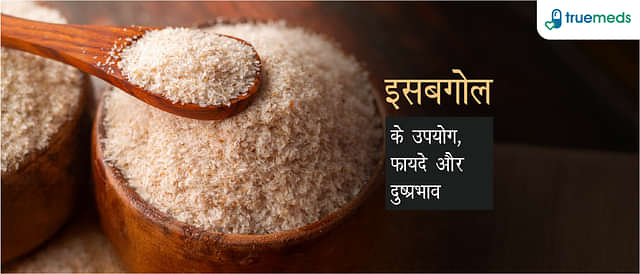Ghee Benefits, Side Effects, and How to Make It: A Complete Guide
Last updated on : 07 Feb, 2025
Read time : 9 min
What is Known as Ghee?
Ghee also known as clarified butter is native to India and a vital ingredient available in almost every Indian household. It is used in various rituals be it performing pooja or cooking meals or using it as medication orally or applying topically as cosmetics. Ghee is obtained from cow’s milk or buffalo’s milk or goat’s milk or sheep’s milk. It has been used since the Vedic era because of its aroma, texture and great nutritive value.
Ghee word originates from the Sanskrit word ghrit which means to sprinkle. Let’s see what is it called in the rest of our country: Tamil – tuppakam, Telugu – neyyi, Malayalam – ney, Kannada – thuppa, Marathi – tup.
Procedure to Prepare Ghee
- Traditionally ghee( also called desi ghee) is prepared by billion methods where earthen pots and wooden vessels are used. It is an elaborate process.
- A2 milk is cow’s milk used to prepare that aromatic ghee.
- A2 milk is first boiled and then cooled.
- The cream that floats on top of the milk is collected. Such full-fat cream is collected over a period of time by women in the households.
- Now curd is added to the cream. (for 2 cups of cream, add 1 tablespoon of curd)
- Leave it outside for 7-8hours and then refrigerate it overnight.
- Add cold water to this cream and churn in a food processor until the butter separates from the buttermilk. This buttermilk can be used for many different things.
- Take out the butter and well wash it twice or three times. Then put this butter away to heat.
- When the butter starts to boil, stir it every now and then. The liquid will slowly dry up, and the solid milk will sink to the bottom of the pan.
- Ghee is the golden yellow liquid that is left over. Once it’s cool, pour it through a strainer to get rid of the milk solids.
- Keep the ghee in a jar with a lid.
Nutritional Value of Ghee
Ghee is considered an energy-dense diet and is abundant in fat-soluble vitamins, growth-promoting elements, and important fatty acids (linolenic acid and arachidonic acid).
It consists mostly of fatty acids, saturated fat, monounsaturated fat, polyunsaturated fat, trans fat, omega fatty acids, cholesterol, vitamins A, B, D, K, and E, as well as a negligible quantity of water. Ghee is a source of vital fatty acids and fat-soluble vitamins that cannot be produced by the body.
Per 100gms of Ghee contains:
| Nutrient | Amount |
| Energy | 3690 kJ |
| Fats | 99.5 g |
| Saturated Fats | 61.9 g |
| Trans Fats | 4 g |
| Monounsaturated Fats | 28.7 g |
| Polyunsaturated Fats | 3.7 g |
| Vitamin A | 1000 IU |
| Vitamin E | 2.8 g |
Health Benefits of Ghee
Ghee is considered a part of Satvik food in Ayurveda as it promotes positivity and growth. It is also considered holy simply because it is derived from cows. As per the Hindu traditions of India, they are revered as sacred. Ghee is a perfect vehicle for the absorption and delivery of several herbs and spices with various therapeutic characteristics to specific parts of the body. As a result, Ayurveda employs ghee in tens of thousands of different herbal remedies for the treatment of various ailments.
1. Source of vitamins
Desi Ghee is a significant source of soluble vitamins such as A, D, E, and K. Vitamins A and vitamin E are antioxidants. Vitamin A is known to exist in two forms: ester and carotene, which the body converts into vitamin A. Vitamin A maintains the integrity of the body’s epithelial tissue, keeps the outer layer of the eyeball moist, and prevents blindness.
Studies conducted on laboratory animals indicate that vitamin E is needed for normal pregnancy, childbirth, and lactation. Vitamin D is known to play a significant role in both the deposition of calcium and phosphorus in the bones and the absorption of these minerals from the diet. The spectroscopic study of buffalo and cow ghee used by Naveed Ahmad verified the presence of vitamins A, B12, D, E, K, and Conjugated Linoleic Acid (CLA).
2. Effect of Conjugated Linoleic Acid (CLA) on cancer
The most natural source of CLA is milk fat, which has about 4.5 mg of CLA per gram of fat. CLA is thought to be a biologically active part of food because it has been shown to protect against cancer, allergies, and inflammation. According to a study by Kathirvelan, not only did CLA stop benign tumours, but it also stopped malignant ones. According to histopathological research, ghee has antioxidant and antiatherogenic properties due to which the liver remains healthy. It also suggests that high CLA in ghee may reduce cardiovascular disease risk.
3. Wound healing
A study found that a mixture of 50% ghee and 0.5% neomycin showed statistically significant results in terms of the wound’s ability to close, the time it took to close, the time it took for the skin to grow over the wound, the wound’s tensile strength, and the regeneration of tissues at the wound site. These results were similar to those of a reference neomycin ointment.
4. Impact on diabetes
Ghee is a substance that can help break down and balance out high blood glucose levels. Diabetics are strongly encouraged to add ghee to their diets because it not only helps them digest food better but also makes them make more insulin, which helps them control their diabetes. Cow ghee contains carotenoids, and antioxidant vitamins A, D, E, Mg, and Ca. All these substances are protective elements and act as anti-diabetic.
5. Improves Digestion
Cow ghee is generally known to have a 96% digestion rate, which is said to be the best among all fats derived from either plant or animal sources. Due to the presence of medium-chain fatty acids, ghee has a higher nutritional value than other oils and fats. The liver directly takes in these acids, which are then burned to provide energy.
6. Keeps heart healthy
According to the findings of an investigation, increasing the amount of ghee in one’s diet by up to ten per cent did not result in an increase in the prevalence of risk factors that are associated with cardiovascular illnesses.
7. Acts as a lubricant for better vision
Cow ghee helps with computer vision syndrome (CVS). 98% glycerides and fatty acids in Goghrita reduce CVS symptoms because of the lubricating property of Vitamin A. It keeps the eyeball lining moist and prevents blindness. It also contains Beta-carotene and vitamin E which are antioxidants. Cow-ghee eye drops may treat computer vision syndrome.
8. Good for glowing skin
Ghee is an essential component of the Ayurvedic medical system. In Asian countries, it’s used as a massage oil. Ghee is made of fatty acids that nourish and hydrate the skin for a healthy appearance, antioxidant-rich Vitamins A and E, and lipids that preserve the skin’s moisture balance. Ghee has numerous positive effects on the skin, including soft elbows and knees, topical ointment, as a hair treatment, on hands and heels, and eliminates diaper rash.
9. Important for a healthy nervous system
Ghee is rich in DHA, a type of omega-3 fatty acid, which has been linked to brain development, reducing inflammation, slowing down the ageing process, and many more functions. Ghee nourishes ojas, the subtle essence of all the body’s tissues (the essence of vitality). It improves memory and strengthens the brain and nervous system.
Precautions
Though ghee is loved for its taste, texture and aroma, there are a few words of caution one should follow. Ghee is eaten in moderation with rice, roti, and dal every day or in sweet dishes like halwa. Desi ghee is harmless to healthy people. Obese and heart patients should consume desi ghee in limited amounts because it is heavy in calories and fat. Avoid desi ghee if you are suffering from kidney, liver, or jaundice-like ailments.
Conclusion
In Indian households, ghee is a traditional component that is a necessity. It plays a significant role in rituals, celebrations, and even daily meals. Because it is rich in four fat-soluble vitamins—A, D, E, and K—as well as important fatty acids like linolenic acid, ghee has traditionally been regarded as being far superior to other fats. In addition to providing energy, regular consumption of ghee has a number of health benefits, including the removal of toxins, improvement of complexion and glow on the face and body, remarkable rejuvenation of the eyes, improvement of physical and mental stamina, etc.
In Ayurveda, ghee has been used to perform various procedures to relieve a patient of toxins, headaches, and nasal congestion or give healthy glowing skin. For any queries regarding the usage of ghee as a remedy for any ailment, you can have a free consultation with our expert doctors on Truemeds. Also, you can avail of various ayurvedic medicines on our website at a discounted price and get them delivered to your doorstep anywhere in India.
Frequently Asked Questions (FAQs)
When kept in a jar with a lid for 3 months at room temperature, ghee won’t go bad. If you put it in the fridge, it can stay fresh for up to a year. Its softness and texture don’t change when it’s in the fridge. If you keep it at room temperature or heat it, it will melt again.
Desi ghee has an inherently oily nature, as well as enormous reservoirs of vitamin E and healthy unsaturated fatty acids, which infuse hydration to the hair and scalp, thereby combating dry, dull, lifeless hair.
Yes, Cow ghee is generally known to have a 96% digestion rate.
Yes, The skin is nourished, the complexion is improved, and the natural glow and gloss of your face are helped to be preserved as a result of using it.
Disclaimer
Our healthcare experts have carefully reviewed and compiled the information presented here to ensure accuracy and trustworthiness. It is important to note that this information serves as a general overview of the topic and is for informational purposes only. It is not intended to diagnose, prevent, or cure any health problem. This page does not establish a doctor-patient relationship, nor does it replace the advice or consultation of a registered medical practitioner. We recommend seeking guidance from your registered medical practitioner for any questions or concerns regarding your medical condition.
Popular Articles
Recommended Articles
Recent Articles
Top-Selling Medicines:
...View more
Top-Selling OTC:
...View more
Company
About UsHealth ArticleHealth StoriesDiseases & Health ConditionsAll MedicinesAll BrandsNeed HelpFAQSubscribe
Registered Office Address
Grievance Officer
Download Truemeds

Contact Us
Our customer representative team is available 7 days a week from 9 am - 9 pm.
v3.7.5
Our Payment Partners












